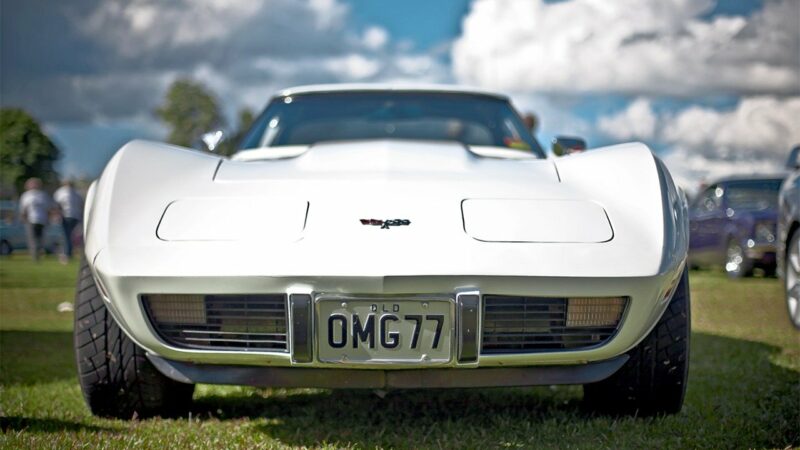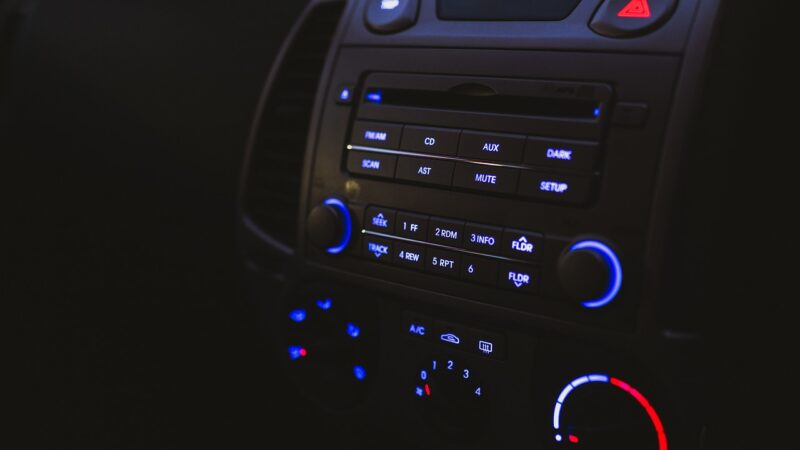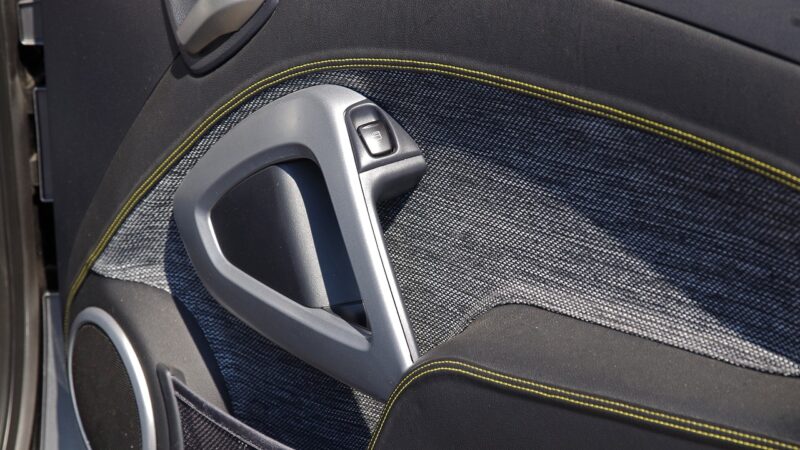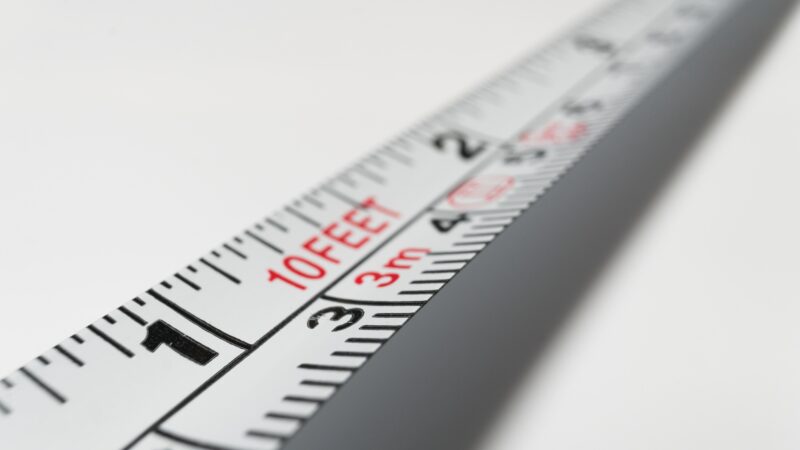What Are Class D Amplifiers?
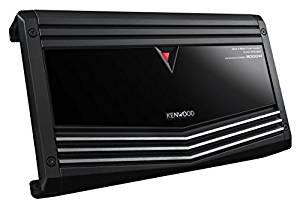
What Is A Class D Amp?
It can be hard to stay on top of the modern automotive systems. It seems that every year they become more and more complex and if you aren’t doing your best to stay up on top of them, then you’ll quickly fall behind.
But there are some things that just stay constant over time, and one of those things is power amplifiers. As soon as you start to customize or work to improve your car’s audio system, you’re going to run into the amp question after a while.
There are many different kinds of amps out there, but the one we’re going to talk about today tends to be the go-to option. Class D amps are the preferred choice among mechanics and DIYers.
Today, we’re going to talk about what makes them so reliable and everything else they can do for you.
Class D Amplifiers Explained
Just like batteries, amplifiers are divided into different classes.
First came Class A which was fine when it was released, but over time it proved to be an inefficient amplifier. Efficiency in this game points to how much power is being used and how much is being converted to heat.
Those Class A amps were wasting a ton of power and people moved on to Class B, Class C, and then finally Class D.
Class D amps are very, very efficient and depending on the model you might see that zero power is being wasted.
How do they do this?
Class D amps use a different type of transistor that is being switched on and off on a constant basis. When it’s off, there is no wasted energy.
So by switching back and forth between the on and off positions, your Class D amp can achieve maximum (or near maximum) efficiency without wasting any power.
Sounds great, right? We can throw a parade in their honor. Not so fast.
Class D amps do come with their own sort of problems. The biggest problem they have is their pulsed output, which regularly produces signal distortion for the higher end of the frequency range. There are other, smaller problems but not enough to really stand out to the average user.
Even with these problems, Class D amps are at the top of their class through and through.
There are a few different kinds of Class D amps, which are:
- Class D monoblock amps
- Multi-channel amplifiers
The Class D Monoblock Amp
Monoblock is just a unique, fun way of naming an amp that only has one channel (and it’s TBS, so that means The Mummy reruns for eternity!).
All jokes aside, these amps are quite popular due to their high efficiency. Their primary application is to power a subwoofer and by having this wattage driven through a single channel, you can ensure your subwoofer is going to get plenty of power and keep the bass thumping all day long.
Additionally, these amps tend to work better in the lower frequency range making them the obvious choice for this type of us.
Another reason people tend to opt for these amps is their size. When you’re laying out plans for your perfect sound system, you might run into a size and space issue. This, obviously, tends to be an issue with more compact cars but SUVs can run into it too. You might overestimate the amount of trunk space that you have and need every spare inch.
Having dedicated amps for your subs is ideal but you don’t want to sacrifice space. Plus, no one wants to check out your new sound system and take a look at your amps. They want to see your brand new, booming speakers.
Multi-Channel Class D Amp
If a monoblock just has one channel, it doesn’t take a genius to guess how many channels a multi-channel amp has.
A multi-channel amp will come with anywhere in between 2-6 channels, depending on which one you purchase.
Generally, these amps are configured so that the amp will power one subwoofer while the rest are dedicated to standard transducers.
In the majority of these amps, you can combine or bridge channels together in order to power a single speaker. These amps tend to support lower impedance in order to compensate for their channel bridging.
The Best Class D Amplifier Brands
Just like with any product you may purchase, there are certain brands you want to make sure you check out. As with just about everything, the more you’re willing to pay the better quality product you’re going to get in return.
If you are looking for some specific recommendations, be sure to check out our review of the 10 best class D Amps.
Hifonics
These amps are a great bang for your buck. They’re all pretty affordable and you’re going to get solid performance out of them.
They aren’t flashy at all and don’t come with some extra features like their counterparts may, but if you’re on a budget and just looking for the most basic of amps, then this one is a solid choice.
NVX Audio
A relatively young brand, NVX Audio is trying to break into the amp game. From what we’eve seen so far, you can color us impressed.
So far, their amps seem pretty reliable and don’t cost a fortune. The biggest gripe we’ve seen is that they get incredibly hot after continued use.
Kenwood
Another brand that does just about everything in the car audio game, Kenwood routinely makes high-quality products that never fail to deliver.
This also means you’re going to have to fork over a bit more money if you’re looking to buy a Kenwood. Many of their amps aren’t for budget builds and tend to be used by seasoned veterans in the audio industry.
JL Audio
JL audio tends to make products that combine high-quality components at a bargain price. They usually do a good job of flirting that line between entry-level and professional use. You can find a few models that would be more towards entry-level, but we hesitate to brand them that way.
If you want to spend a bit more money without going completely overboard, then this is the amp brand for you. They are reliable and will get the job done easily.
Alpine
Finding a car audio article that doesn’t mention Alpine amps or subs is impossible. For many, they are the brand leaders and make top-notch products that almost never disappoint.
Their products tend to be very reliable and durable, offering quality above everything else. Their amps come with plenty of advanced tech you won’t see in other brands and some extra features which make them a nice purchase.
But…everything comes at a price and Alpine amps are usually the most expensive out of all. You’ll have to fork over a pretty penny to purchase one of their amps.
Rockford Fosgate
Another name synonymous with car audio, it’s hard to go anywhere in the business without running into a Rockford Fosgate
Rockford Fosgate (subs and amps) prides itself on being able to offer quality amps that are affordable. You know you’re going to be getting a solid product without having to sign over your firstborn child.
You’ll be getting high performance along with some pretty solid features with any Rockford Fosgate you purchase.
Orion
Orion is sort of making a comeback into the amp game. They were one of the first to develop high-quality amps for car audio systems and look to be pushing newer models with more frequency.
They bring an old school design and lots of power, but you’ll be getting plenty of reliable performance. These are also good value, meaning you won’t have to break the bank to make a purchase.
Things to Consider When Shopping for Class D Amps
Which Type Do You Need?
That largely is going to depend on what your setup is and what it is that you want. If you’re looking to just power an amp, then a monoblock might be the route to go.
If you’re looking to power a full set of speakers, then go with the multi-channel. It all depends on what you want and how you can go about doing so.
What About Power?
We always say the more power, the better. When you’re shopping for amps, you’re going to see two different types of power being pushed: RMS and peak.
Peak power is the highest possible output that’s not doable for a length of time. RMS is what you need to be focusing on since you probably won’t even reach your peak power.
The general rule of thumb is to leave 100 Watts of space between your combined output and your amp’s RMS. More is better, but don’t feel like you have to go spend a ton of money if your speakers don’t produce so much power.
Closing Thoughts
Now you know why you should definitely be purchasing a Class D amp. You might see some older classes floating around, but it’s best to stick with the Class D. It brings the best efficiency and you’re going to get the most out of your speaker system.
It’s always good to do research on your own in order to find out what you’re going to need. With that in mind and your knowledge you now have you can find the perfect amp. Good luck shopping!

